A Taste of Transylvania: Wine, Food and Storytelling
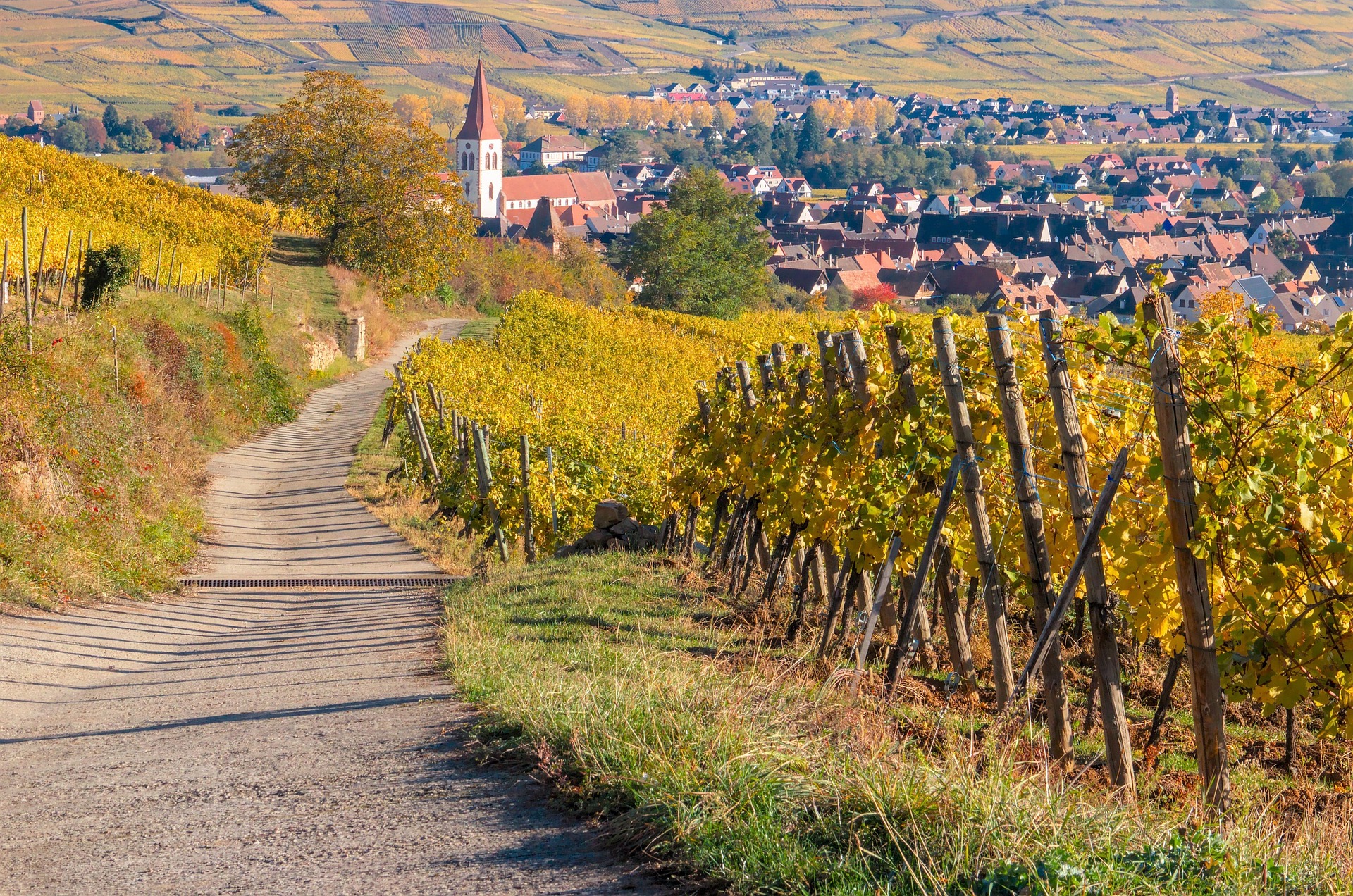
A Taste of Transylvania: Wine, Food & Storytelling
At Transylvania Unveiled, wine and food are more than just aside note—they’re essential parts of how we explore this region’s soul. From local farm-to-table feasts to sips of rare indigenous varietals, we design our tours around experiencing Romania through taste.
One of our favorite moments was hosting a private winetasting event in the warm-lit inner courtyard of the legendary Corvin Castle after hours. Our guests enjoyed local wines while a local pianist played beautiful music, creating a truly special atmosphere. Nights like that really show how much wine and culture are part of Romania’s story.
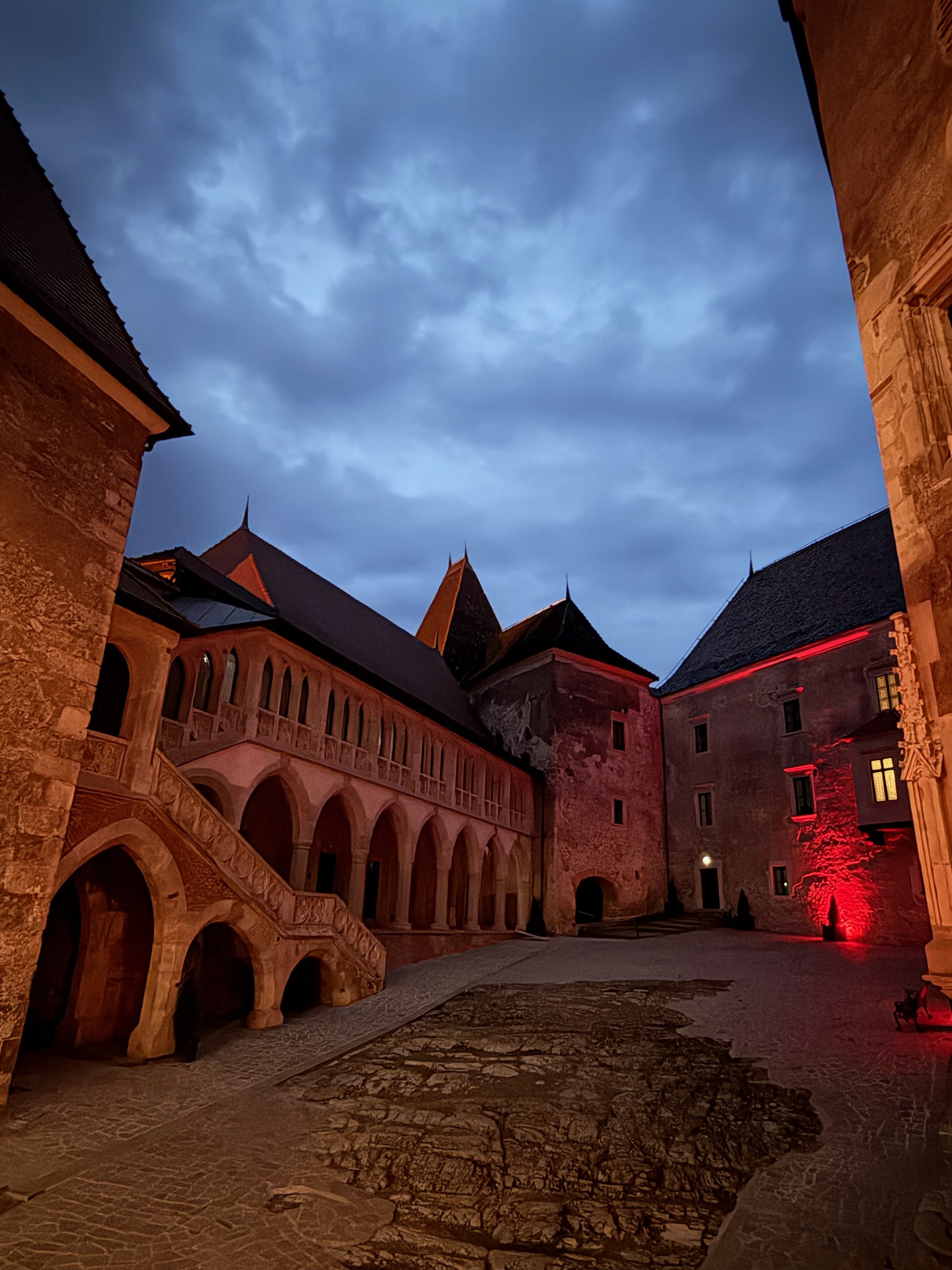
To help travelers dive deeper, we often build wine-tasting day trips into our itineraries. One popular route from Cluj includes:
• A scenic drive to Liliac Winery for crisp whites and vineyard views
• A stop at Villa Vinea to taste Fetească Albă and barrel-aged gems
• Lunch at a Saxon village guesthouse with house-made wine and seasonal dishes
• Optional detour to Jidvei for a tasting inside Bethlen-Haller Castle
Whether you’re a wine pro or just curious to try, Romania’s got some surprises—and it all starts with its story.
A Brief History of Romanian Wine
When you think of the world’s great wine regions, Romania probably doesn’t top the list—but it should. With a viticultural history dating back more than 6,000 years, Romania is one of Europe’s oldest wine-producing regions, and today it's quietly reclaiming its place on the global wine map.
Ancient Beginnings
The Dacians were the ancient people who lived here before the Roman conquest in the second century AD. Archaeological finds—such as wine vessels, grape seeds, and fermentation tools—suggest that winemaking was a trade in the Carpathian Basin long before Rome was even founded. When the Romans arrived, they brought with them more sophisticated viticultural knowledge.
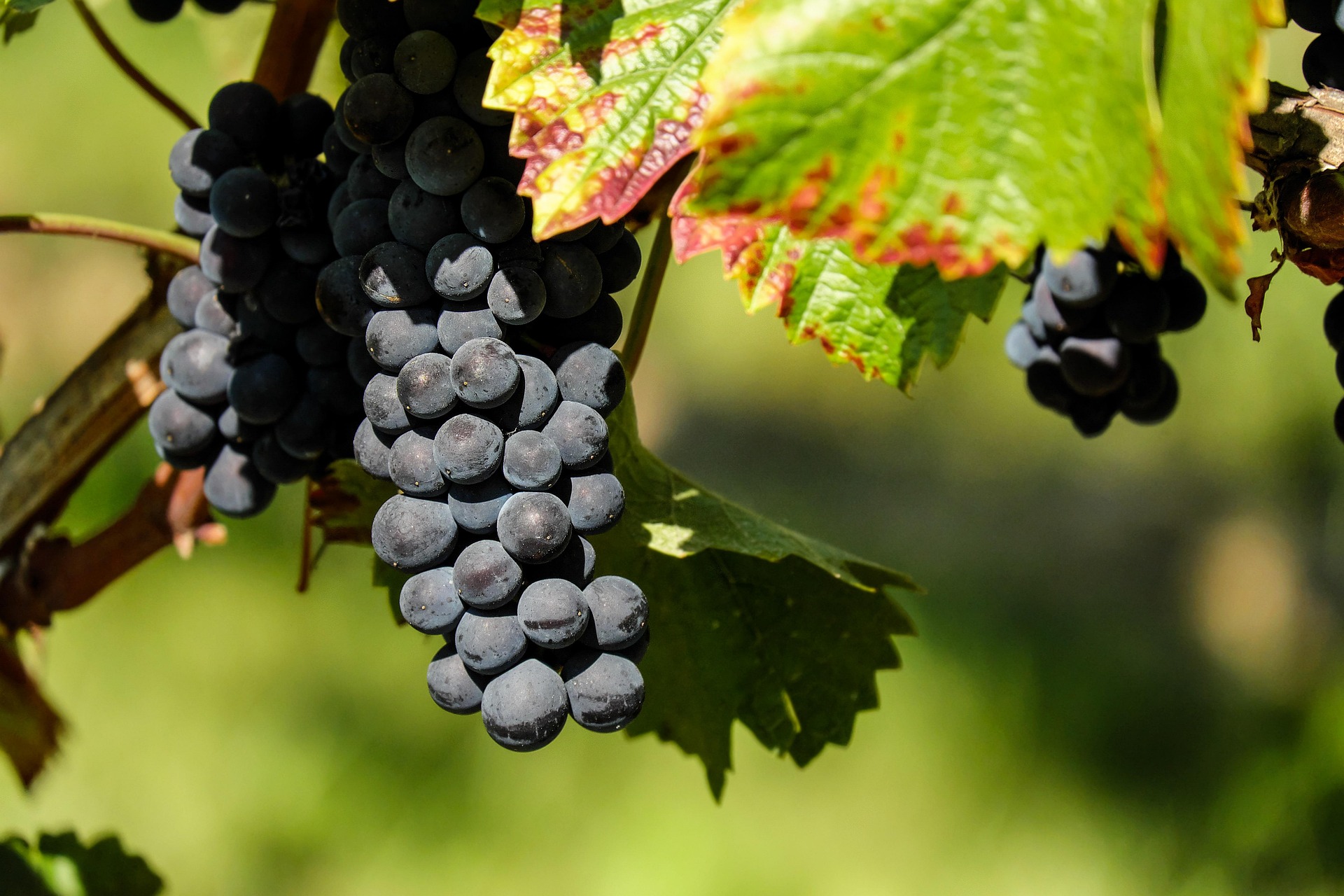
Dark Ages and Ottoman Shadows
During the Middle Ages, Romanian wine culture continued to thrive, especially in the monasteries. Monks preserved winemaking traditions, and wine remained central to spiritual and social life. But in the 15th–18thcenturies, the Ottoman occupation brought restrictions on alcohol production and consumption, causing a setback. However, rural communities kept the traditions of winemaking alive.
A Renaissance of Grapes
In the 19th century, Romanian wines experienced a rebirth. French and German influences brought new knowledge and techniques, and even new grape varieties. Romania began exporting wine again, especially to Russia and Western Europe.
Unfortunately, like much of Europe, Romania was hit hard by the phylloxera epidemic in the late 1800s, which destroyed many native vines. This led to a wave of replanting with both local and French varietals—explaining why today you’ll find Merlot, Cabernet Sauvignon, and Chardonnay growing alongside native grapes.
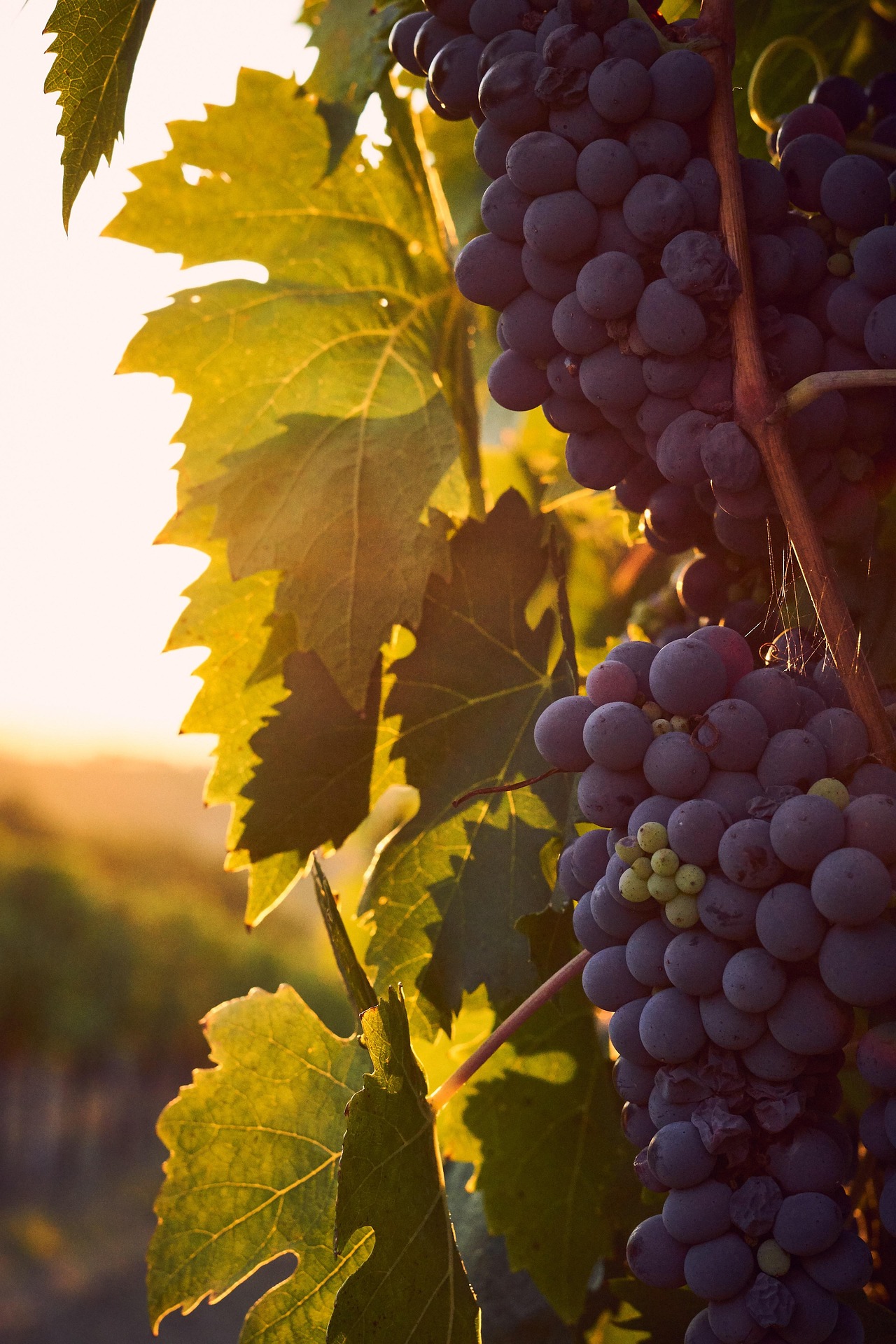
Wine Behind the Iron Curtain
Under the Communist regime (1947–1989), Romania became one of the world’s top 10 wine producers by volume—but not by quality. State-run vineyards prioritized mass production over quality and character. Wines were often diluted, standardized, and exported in bulk to the USSR and other Eastern Bloc countries.
A New Vintage: Modern Romanian Wines
Since the 1990s, the story has changed dramatically. A wave of independent winemakers and foreign investment has helped Romanian wine rediscover its roots and focus on quality over quantity.
Today, Romania boasts:
• Over180,000 hectares of vineyards
• 500+wineries
• A focus on eco-friendly farming and wines that reflect their sense of place.
Most exciting? The resurgence of indigenous grape varieties, like:
• Fetească Neagră – rich, spicy reds with deep character
• Fetească Albă – elegant whites with floral aromas
• Tămâioasă Românească – a heady, muscat-style wine with ancient roots
• Grasă de Cotnari – Romania’s answer to Sauternes
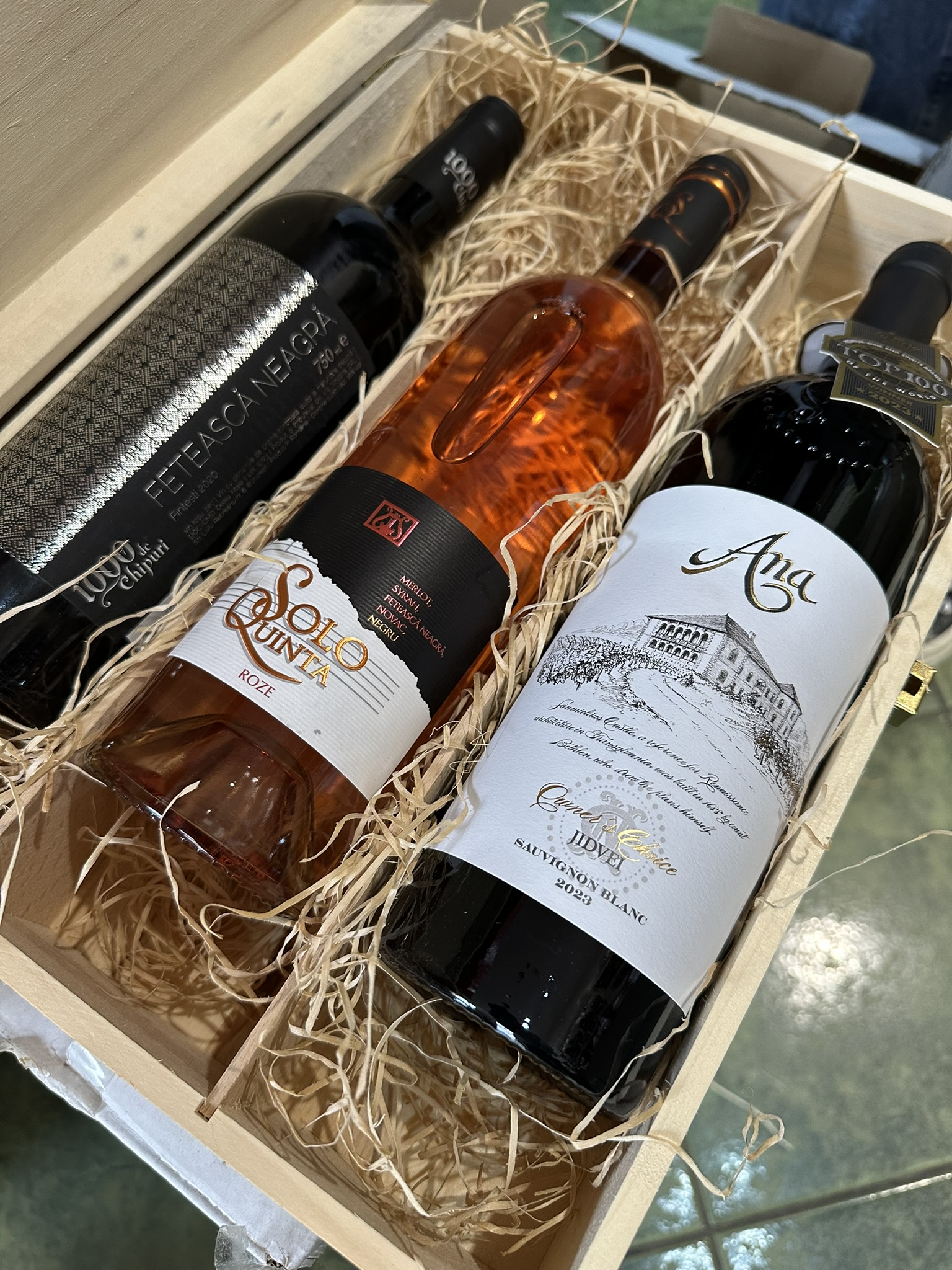
Transylvania’s Role
While much of Romania’s wine comes from Moldova, Muntenia, and Dobrogea, Transylvania is gaining recognition for its cool-climate whites and structured reds.
In regions like Târnave, Lechința, and Aiud, grapes ripen slowly, giving wines vibrant acidity and freshness. The Saxon, Hungarian, and Romanian communities here have been making wine together for centuries—quietly, beautifully, and without fanfare.
Come Taste the Story
Ready to explore the flavors and legends of Transylvania? Join us on one of our small-group tours, where every glass tells a story—from ancient Dacian hillsides to medieval castles to modern boutique cellars.


Make an Inquiry
Tell us a bit about yourself and we'll help you find the perfect adventure for you!
.avif)
.avif)
.svg)
.svg)
.svg)